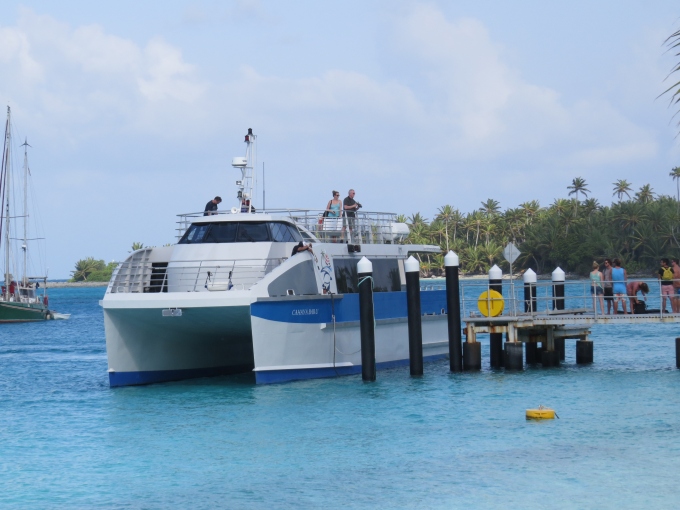Walking the Heritage Trail
/Direction Island, Cocos Keeling Islands
From our new neighborhood, access to shore is pretty easy … almost swimmable. After the initial euphoria of having wifi aboard wore off, we decided to check out Direction Island a bit. We'd only seen the general landing area and ferry dock on our quick trip in earlier, we needed a good walk and some exercise after our captivity.
The picnic area was busy with other cruisers. Some doing laundry; some typing away on laptops; others just lounging in hammocks, or swimming or chatting amiably. We noticed lots of boat signs had been tacked up to the beams of the picnic enclosure and to nearby palm trees. This was right up David's alley and he noted his intention to carve a Nine of Cups' boat sign to add to the others.
We noticed an info sign close by that showed a small map of the island with the Heritage Trail highlighted. Though Cocos Keeling had been primarily noted for its copra production, during both World Wars, these islands were strategic targets due to their location and the communication cable which operated here.
The first stop on the walk was a new gazebo which will be dedicated in 2014, celebrating Australia's first naval victory here when the HMAS Sydney outgunned the German raider Emden, the hulk of which still lies in the waters off North Keeling Island. (Not to be confused with the HMAS Sydney II which was sunk by a German raider in WWII and is remembered by the memorial we saw in Geraldton.) The gazebo will be dedicated in November 2014 with many dignitaries in attendance to mark its 100th anniversary.
A well-groomed path quickly deteriorated into a palm frond /coconut strewn one that led us along the shore to the west end of the island.
Hundreds of hermit crabs scuttled along all around us, retreating into their shells as soon as we got too close. It appears they're quite fond of coconut and when they were feasting, they seemed oblivious to our presence, foregoing caution in favor of getting more coconut than their neighbor.
Along the path, informational signs provided historical insight into the communication station at Cocos, the Battle of Cocos (Emden vs Sydney), copra production and general life at an isolated island group. We enjoyed reading about the Cocos Barrel and tin-can mail, a unique way of receiving supplies and sending outgoing mail.
The path led us along the rugged northern shore, where the waves were high and the surf was up. We curved round to rejoin the main path back to our starting point and followed another to a viewing platform at the southeast end of the crescent-shaped island.
We walked back to the dinghy along the beach. The water felt great on our tired feet. Along the way, we spotted an elusive ghost crab, poking up out of his hole, giving us the once over before diving back for cover.
Hot and sweaty, we launched the dink and headed back to Cups. It took us a nanosecond to change into swim togs and dive into that invitingly cool, aquamarine water. No great whites to worry about … no stinging jellies … no drag-you-away current. Just luscious, refreshing tropical waters washing away all the heat and cares of the day.
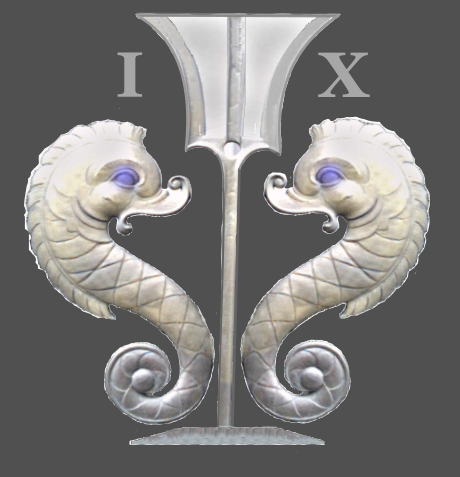

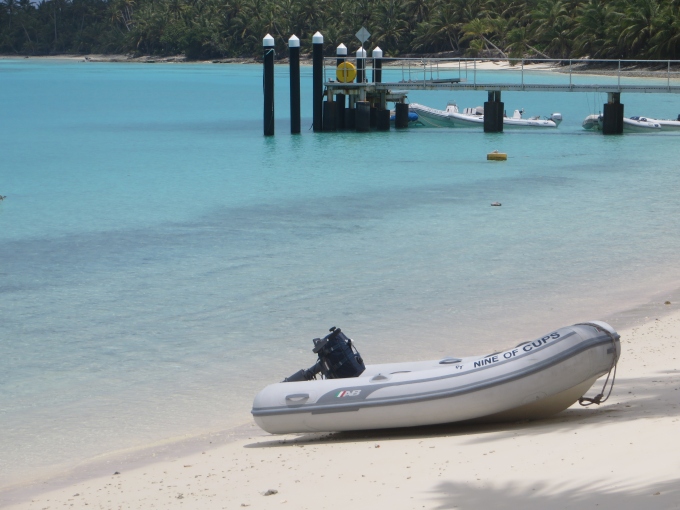


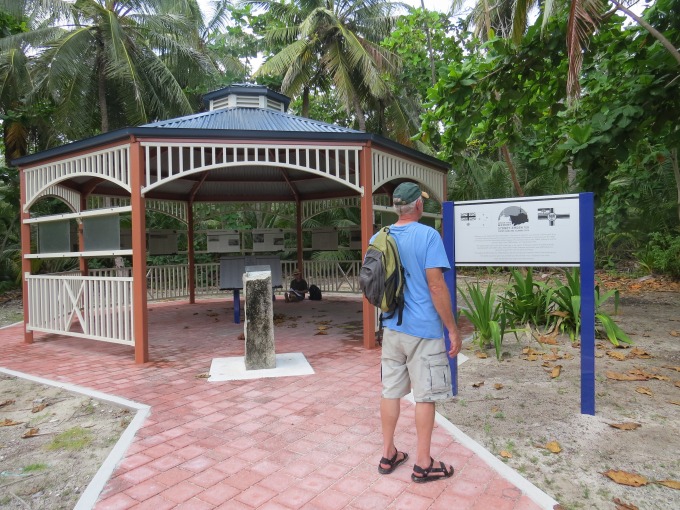
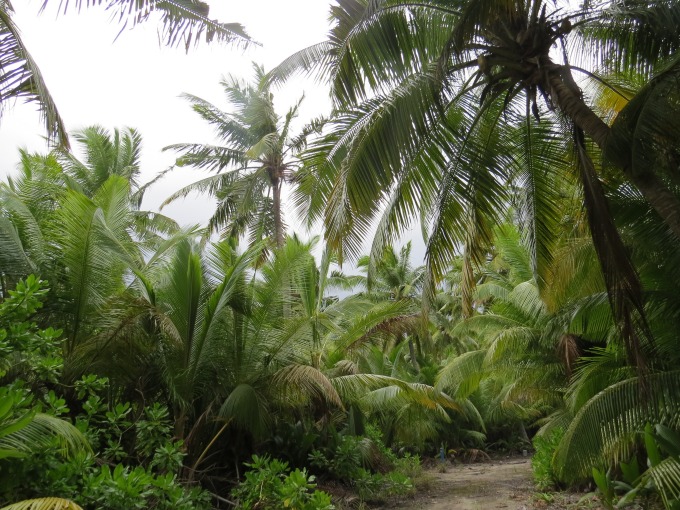
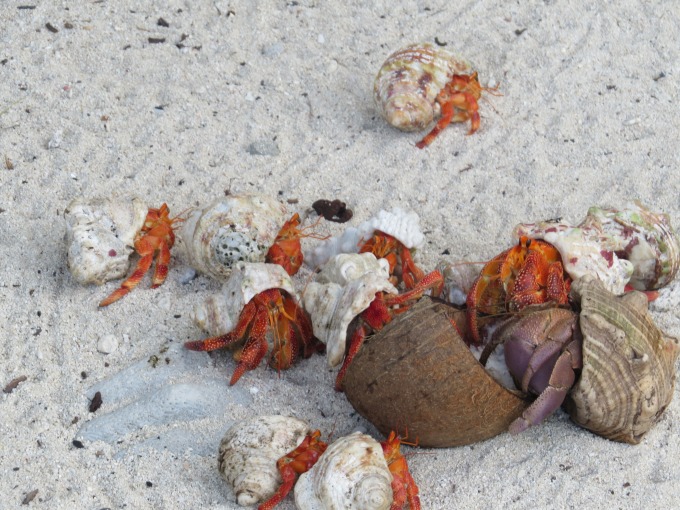
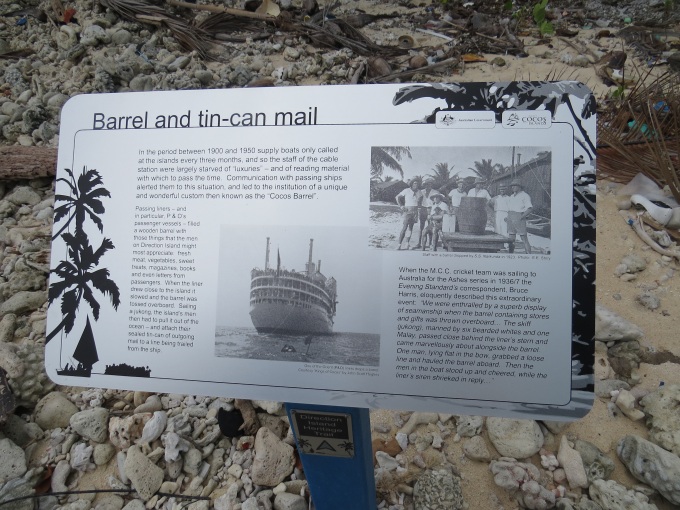



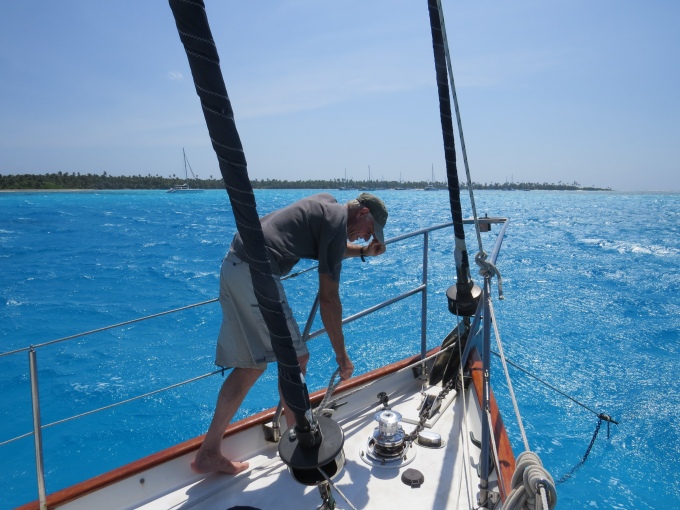

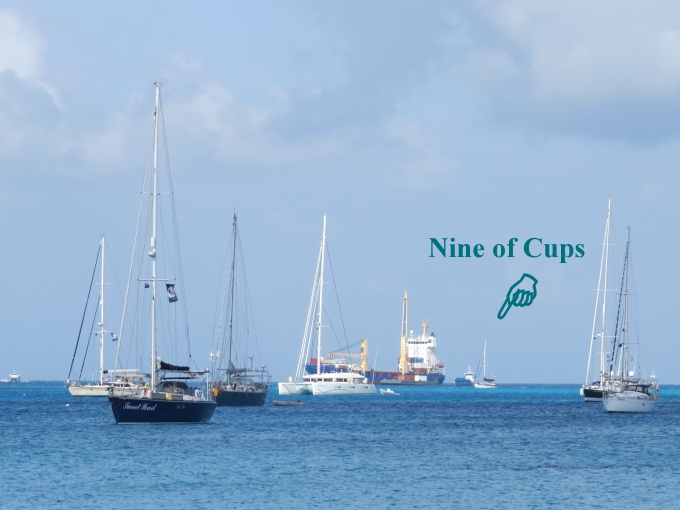
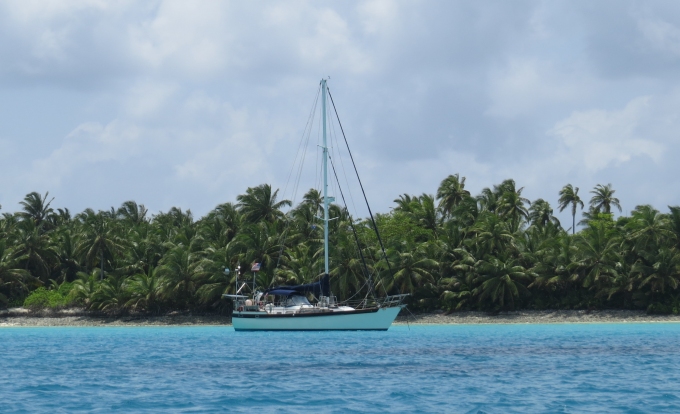

 , off the bookshelf once again
, off the bookshelf once again 


